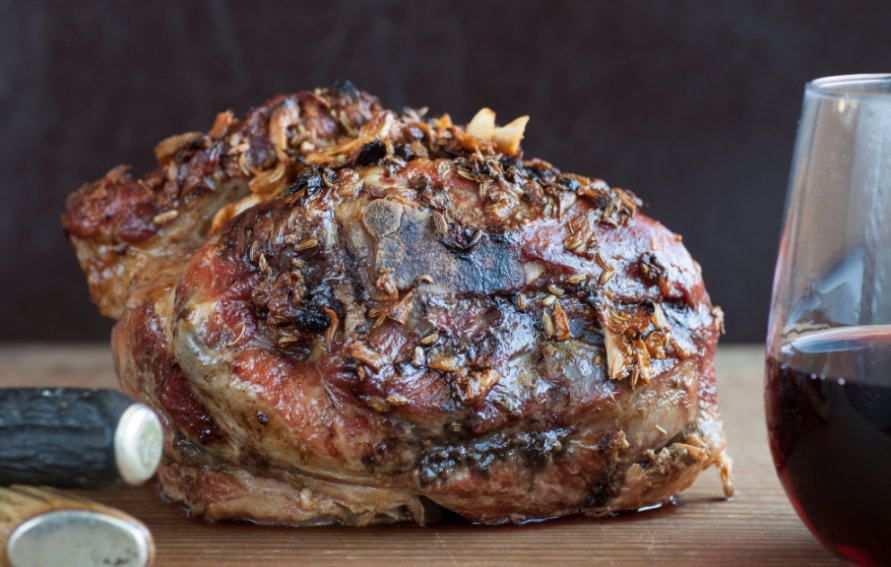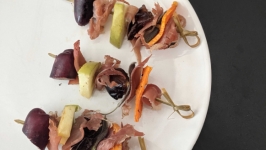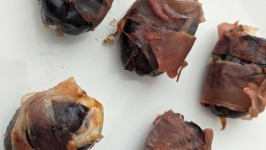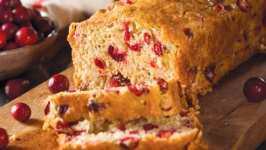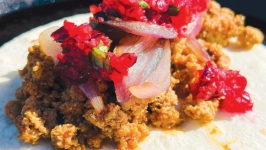Ingredients
- 6 to 10 cloves garlic
- 1 tablespoon crushed red pepper
- 2–3 tablespoons fennel seeds
- 2 tablespoons coarse salt
- 1 pork shoulder (see note)
- 1–2 teaspoons fennel pollen* (optional)
- 1 cup chicken broth
- 1 cup white wine, Sherry or Marsala
- ¼ cup olive oil (optional if your pork does not have a lot of its own fat)
Instructions
*The fennel pollen is difficult to find in the Valley, but it can be mail-ordered from thespicehouse.com or fennelpollen.com.
Heat oven to 450º.
Crush the garlic, red pepper, fennel seeds and salt with a mortar and pestle (or chop very finely with a knife.) Rub the mixture all over the pork shoulder and then sprinkle it with the fennel pollen. (If you have chosen bone-in pork, cut a few slits in the meat to stuff the spice mixture into the slits.)
Place the meat in a roasting pan just large enough to hold it, and roast at 450º for 30 to 45 minutes (or until the outside of meat browns and the aroma starts to fill your kitchen).
Add the chicken broth, wine and optional olive oil and turn the oven down to 225º. Baste the meat with the broth mixture every half hour or so for at least 4 to 5 hours for boneless shoulder and up to 10 hours for a whole bone-in roast or until it is brown, crispy and falling off the bone. Remove the meat from the oven and let it rest loosely tented with aluminum foil for at least 10 minutes before carving.
You can slice the pork and serve it with a little bit of the defatted pan drippings (they usually end up quite salty). Or make a fantastic sandwich on a sturdy roll with the pork, sautéed greens and roasted red peppers.
Note: Pork shoulder (also called butt) can be found both boned and bone-in. I prefer the bone-in for flavor but you get more surface area (and crunchy bits) from the boneless version. (Be sure to remove the boneless shoulder from its net bag if it’s been rolled or tied.) In most butchershops, the shoulder comes already trimmed. If you are lucky enough to find a shop that will cut to your specifications, ask them to leave a good layer of fat on the shoulder, which will continuously baste the meat during the long, slow cooking process.

